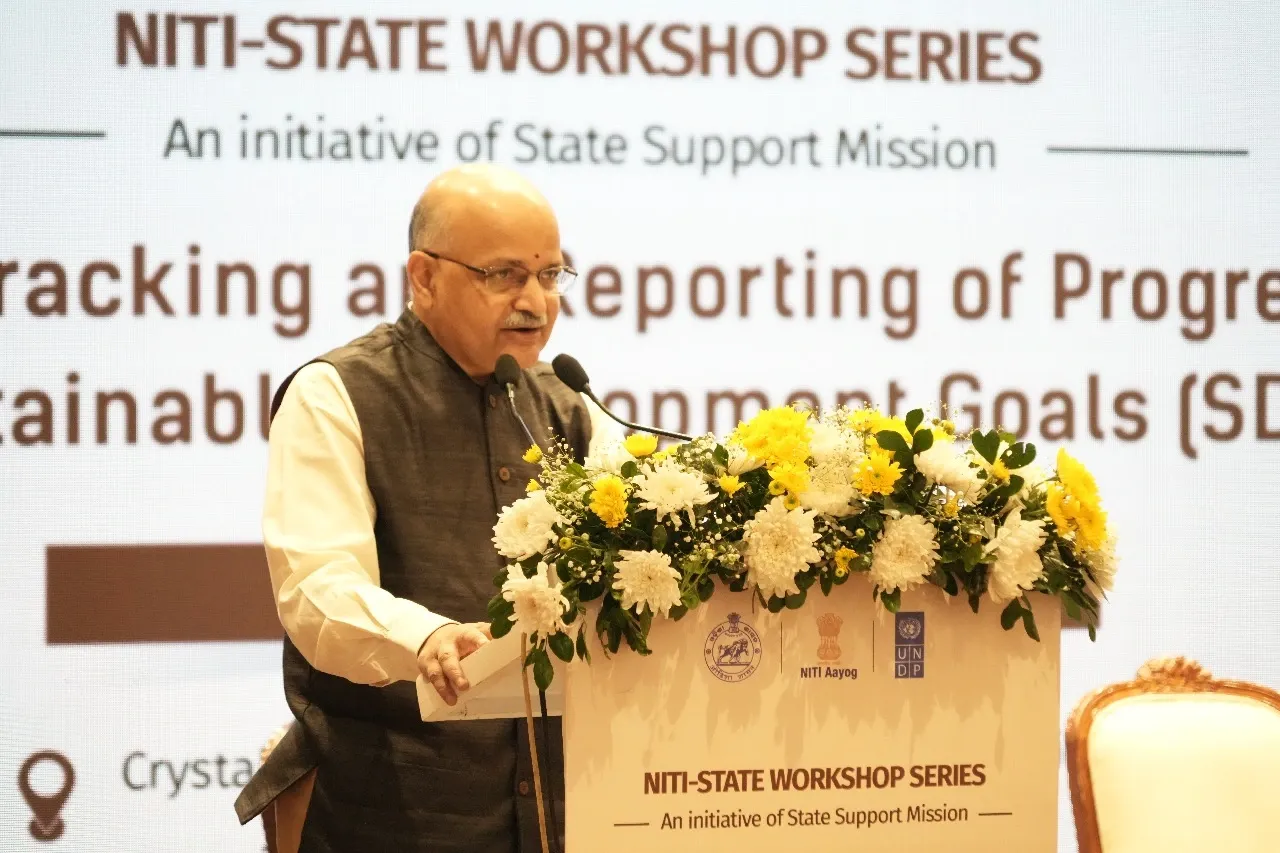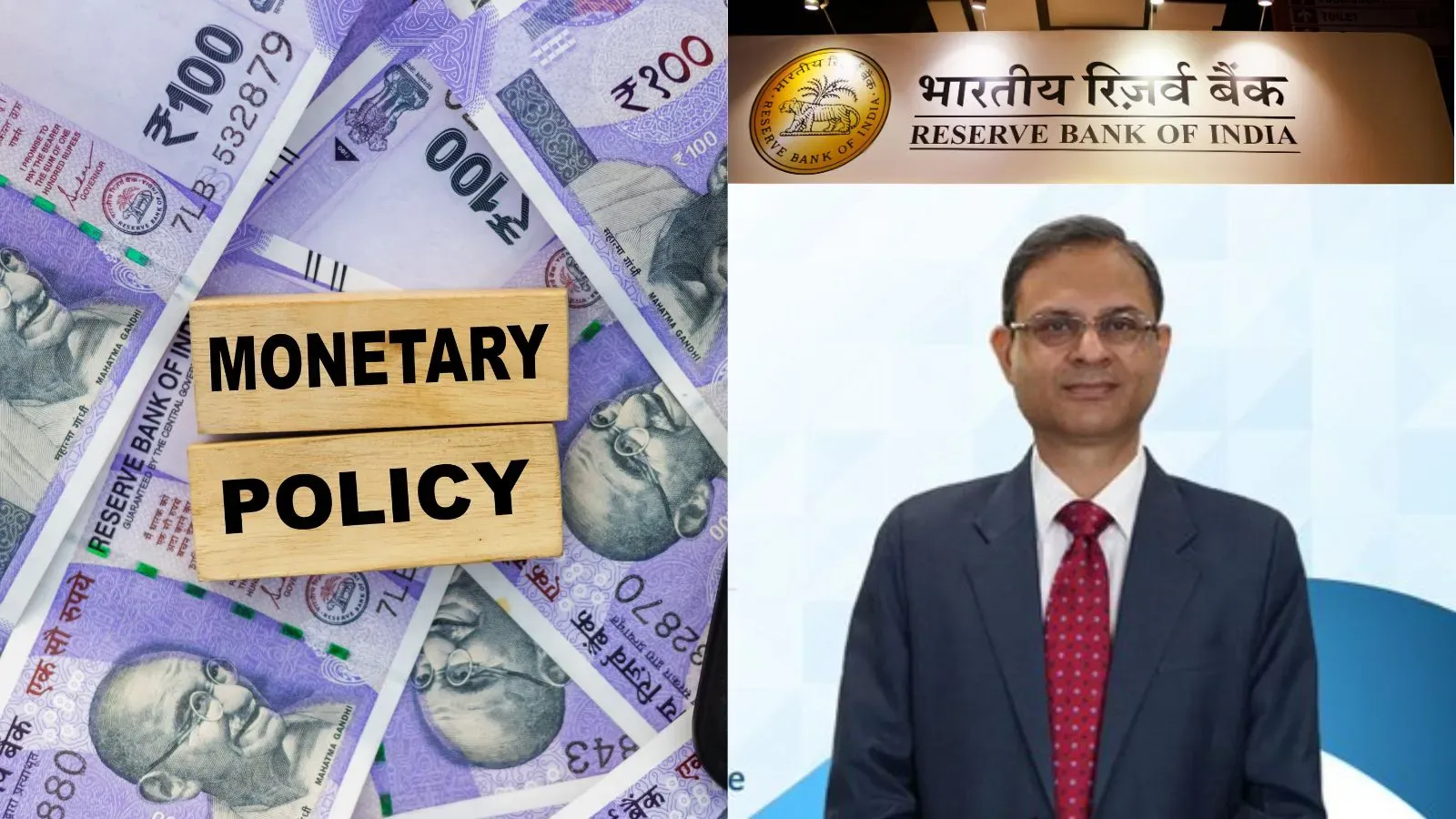Business News
India needs to cut tariffs for its own good, says Niti Aayog CEO amid US pressure
.png)
3 min read | Updated on February 21, 2025, 18:44 IST
SUMMARY
NITI Aayog CEO BVR Subrahmanyam pointed that Indonesia, Vietnam, Turkey and others have been beneficiaries of 'China plus one' strategy of global companies.

Niti Aayog CEO BVR Subrahmanyam stressed that deregulation at both centre and the state levels are critical for making India a part of the global supply chains. (Image: X/@NITIAayog)
India needs to cut tariffs for its own good, irrespective of who tells India to do so, NITI Aayog CEO BVR Subrahmanyam said on Friday amid US President Donald Trump's threats to impose reciprocal tariffs.
Speaking at the 69th Foundation Day of the All India Management Association (AIMA), Subrahmanyam said tariff does not protect any country and being open to the world has to be among the top five priorities of India if it wants to become a developed country.
Trump's threat to impose reciprocal tariffs has raised concerns across India's export sectors, including automobiles, agriculture, and chemicals. According to Citi Research, such measures could cost India nearly USD 7 billion annually, reported Reuters.
India’s merchandise exports to the US were valued at approximately USD 74 billion in 2024, with pearls, gems, and jewellery contributing USD 8.5 billion, pharmaceuticals USD 8 billion, and petrochemicals USD 4 billion. In comparison, the country's weighted average tariff stood at 11% in 2023, much higher than the US average tariff on Indian goods, which was around 2.8%, as per Citi estimates.
American exports to India, worth nearly USD 42 billion in 2024, face tariffs ranging from 7% on wood products and machinery to as high as 68% on certain food items. The White House, in a fact sheet, recently said that the US applies an average 5% Most Favored Nation (MFN) tariff on agricultural products, whereas India imposes an average 39% tariff. It also noted that India levies a 100% tariff on US motorcycles, compared to a 2.4% tariff on Indian motorcycles in the US.
If Washington enforces reciprocal tariffs, India's farm and food exports would be among the hardest hit due to high tariff differentials, despite lower trade volumes in these sectors, according to the report. However, textiles, leather, and wood-based industries face relatively lower risks due to limited exposure to tariff hikes.
Standard Chartered Bank economists estimate that in the worst-case scenario of a uniform 10% tariff hike by the US on all Indian imports, India’s GDP could suffer a 50-60 basis points decline, assuming an 11-12% drop in exports, reported Reuters.
To mitigate trade tensions, India has already reduced tariffs on certain goods, including lowering duties on high-end motorcycles from 50% to 30% and slashing tariffs on bourbon whiskey from 150% to 100%. New Delhi has also pledged to reassess other tariff structures while increasing energy imports and defence purchases from the US.
To cut tariffs, India must complete trade agreements with the European Union, the United Kingdom and other major economies, Subrahmanyam said.
The NITI Aayog chief also called for deregulation at both central and state levels to integrate India into global supply chains. He observed that countries like Indonesia, Vietnam, and Turkey have gained from the 'China Plus One' strategy, while India lags due to excessive bureaucratic hurdles. He noted that the extensive paperwork involved in running a business is severely affecting small and medium enterprises (MSMEs).
Subrahmanyam revealed that the policy think tank is working on measures to boost India's presence in global supply chains across multiple sectors. Recommendations for the electronics component supply chain are awaiting Cabinet approval, while similar strategies for auto components, chemicals, textiles, and footwear are under development.
He also announced that NITI Aayog has conceptualised a National Manufacturing Mission, set to be launched within three months, to coordinate manufacturing-related policies across more than 20 ministries.
By signing up you agree to Upstox’s Terms & Conditions
About The Author
Next Story

